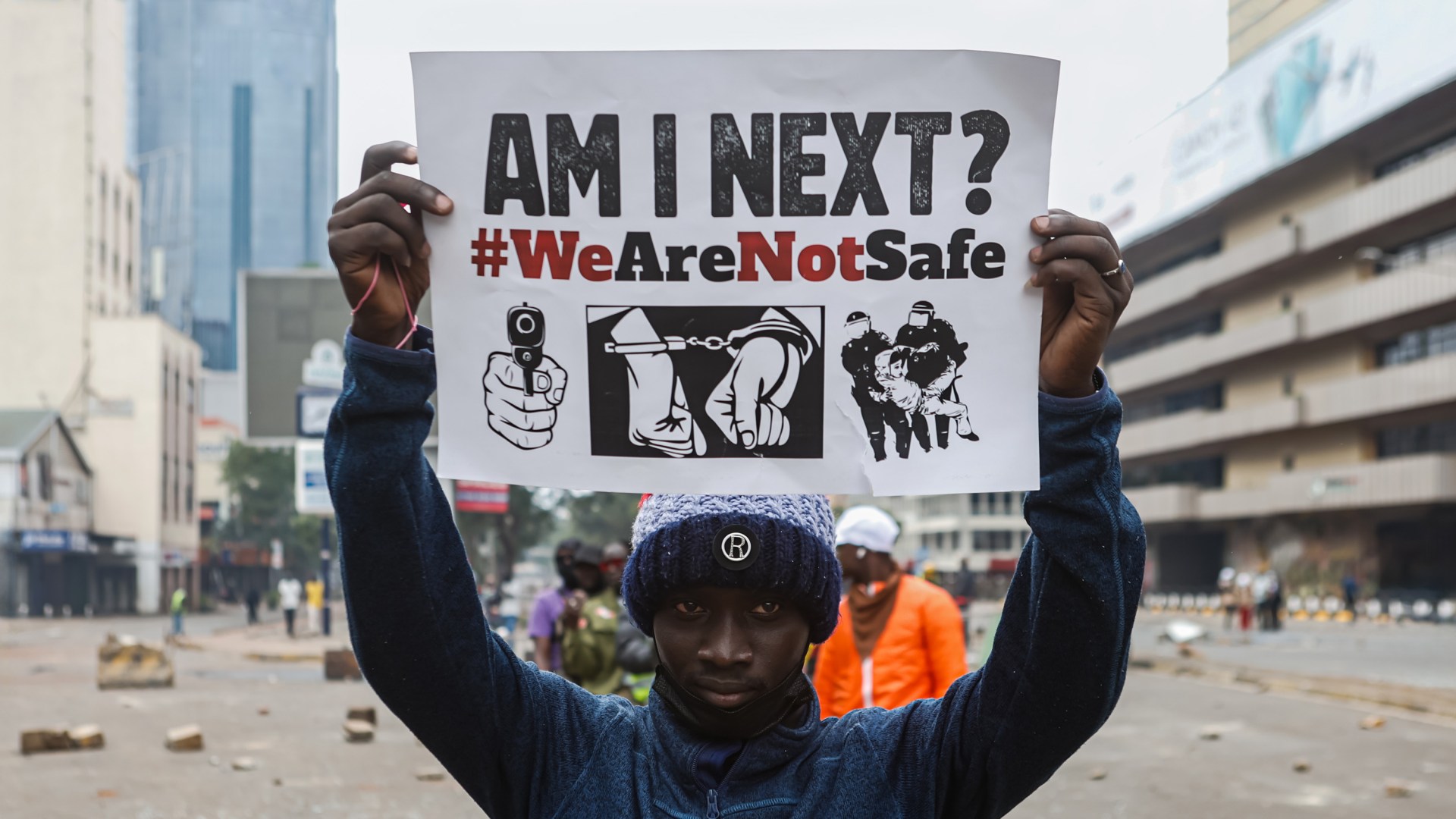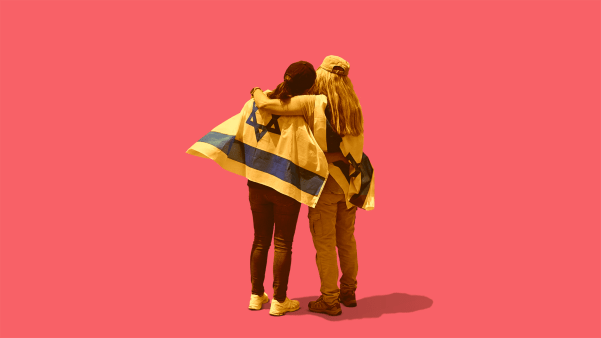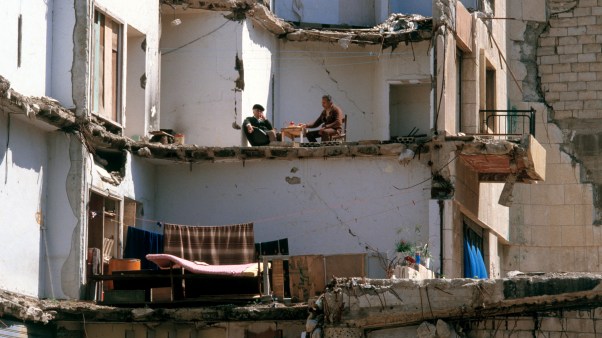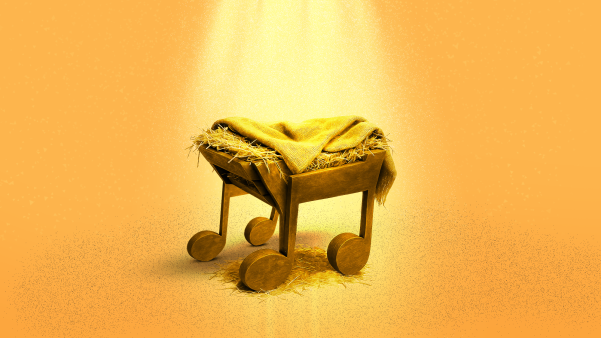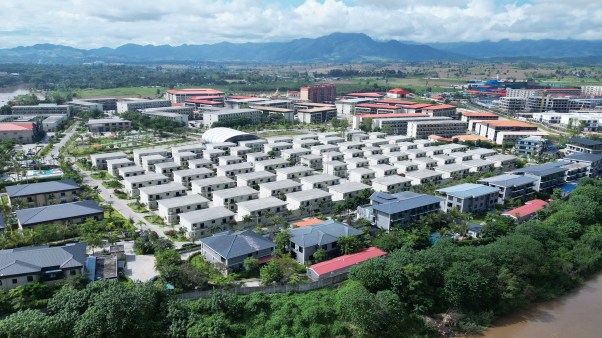Police circled Kenya’s Parliament in Nairobi with barbed wire on June 25 and prepared to defend it with live ammunition and water cannons. One-third of a mile away, All Saints’ Cathedral—an Anglican church and landmark in Nairobi’s central business district—became a place of both refuge and conflict as police chased protestors into the compound that afternoon.
Two weeks later, Kenyans are still reacting to demonstrations in Nairobi and around the country that led to 19 deaths, according to the Kenya National Commission on Human Rights.
June 25 was the one-year anniversary of turmoil that led to the reported deaths of 60 Kenyans. Some protesters planned to storm State House—the home of Kenya’s president—but police barricades surrounded it. Demonstrators taunted police and threw rocks and other projectiles at them. Police hurled tear gas canisters and shot at crowds.
About 500 young people ran into the All Saints’ compound, according to provost Evans Omollo, who led the church in opening its gates to anyone who needed shelter.
“We needed to open up space for people who would be harassed,” Omollo said. “We created an elaborate plan of how to receive them. We set out an emergency medical center in partnership with the Kenya Red Cross.”
The provost said police wanted to attack the young people but priests intervened.
“We managed to hold them back and push them back,” he told CT.
Paul Otieno, who escaped into the church compound, said priests provided a buffer between protestors and the police officers who were chasing them. Otieno described how the priests organized transportation to hospitals for the injured. Priests also confronted the police head-on several times, asking them to back down.
The scene mirrored the events of the 2024 demonstrations, when the church opened its gates to 3,000 mostly Gen Z protestors and police launched tear gas canisters into the compound.
Kenyans are wondering how the protest escalated. Benard Kahiga, who protested this year and last, claimed that “police dispersed the peaceful protestors” but shielded masked “goons” wearing hoodies and carrying hoes and sticks who smashed shop windows and robbed stores. Business owners accused police of standing by during looting.
Outside Nairobi, protests that began peacefully degenerated into violent confrontations. Several parts of the country saw vandalism against businesses and police buildings. Many killings were in Nairobi and its environs.
Interior Cabinet Secretary Kipchumba Murkomen called the demonstrations part of a broader and deliberate effort to destabilize the country.
“This has nothing to do with protests, but an unconstitutional attempt to change the regime,” he said. “The police were able to foil an attempted coup.”
Kahiga disagreed, saying, “We want the cost of living to go down … and the government to cut down on public-sector expenditure by reducing the number of high-level appointments. … We will go back to the streets if things don’t add up.”
Kahiga, a father of two young children and a recent university graduate who said he is unemployed due to lack of opportunities, criticized high public debt and low governmental transparency and accountability. Kenya’s national treasury reported the ratio of public debt to gross domestic product: 63 percent production in 2025, 20 percent higher than in 2010.
Murkomen criticized churches’ response to the conflict: “No church member will speak about how the police were attacked and suffered immense pain. I also know no diplomat will defend our police, because it’s not in their interest for Kenya to be safe.”
But church leaders have spoken out against violence on both sides. The Evangelical Alliance of Kenya is calling for prayer, fasting, and “a hard stop to abductions, torture and killing of Kenyans by security agents or private individuals.”
While condemning the killings by police, Vincent Chahale, the International Justice Mission’s country director for Kenya, said, “Police need to follow guidelines laid down in law when dealing with members of the public.”
Chahale has met with government officials about ways to strengthen community policing and increase trust between police and citizens. His proposals include reforming police service and training police in trauma-informed care. He said all perpetrators of human rights violations should be brought to account.
Limited access to news has also caused tension. During the protests, the Communications Authority of Kenya ordered Kenyan media houses to cease live broadcasts of the protests. The agency switched off television signals for three media stations—NTV, KTN, and K24—and claimed they had violated the directive.
But three civil society organizations—Law Society of Kenya, Police Reforms Working Group, and Kenya Medical Association—replied, “The live broadcast of peaceful protests, and even those that may involve sporadic acts of violence by a few individuals, does not inherently constitute propaganda for war or incitement to violence.”
The organizations said the directive violated Article 33(2) of the Kenyan Constitution, which guarantees freedom of “conscience, religion, belief and opinion.” Kenya’s High Court issued an order suspending the directive later in the day.
Kevin Kung’u, a youth pastor with Renewal Church in Nairobi, participated in both the 2024 and the 2025 protests. He said churches responded much better this year than last, calling for prayer and fasting before and after the June 25 protests: “More churches made a stand. You can see churches whose heart is tuned towards their people.”
Kung’u emphasized the need for churches to stand up to the state in ways that are legal and honoring to God. “Look at the Civil Rights Movement and Martin Luther King Jr. to really understand what our place should be.”
Back at All Saints’ Cathedral, Omollo reflected, “Like the prophets of the Old Testament, we see our role as watchdogs to political players, asking questions [such as] … ‘Why are the young people not able to have access to jobs?’ ‘Why can’t industries be created?’ ‘Why can’t resources being collected in the form of taxes be channeled to make education more affordable?’”
Omollo said he and others in his church are “saddened by the many deaths happening in the country, and we are calling upon the police service to undertake a retraining of police officers so that the mentality of our officers can change. We also call on the general public to refrain from attacking police officers.”
This latest wave of violence happened while Kenyans were still reeling from the killing of Albert Ojwang, a 31-year-old teacher who had criticized the government. Ojwang died in a police cell in Nairobi the day after his June 7 arrest. Boniface Kariuki, a street vendor shot by police ten days later during a protest over Ojwang’s death, died on June 30. Ojwang was buried on Friday, July 4.

